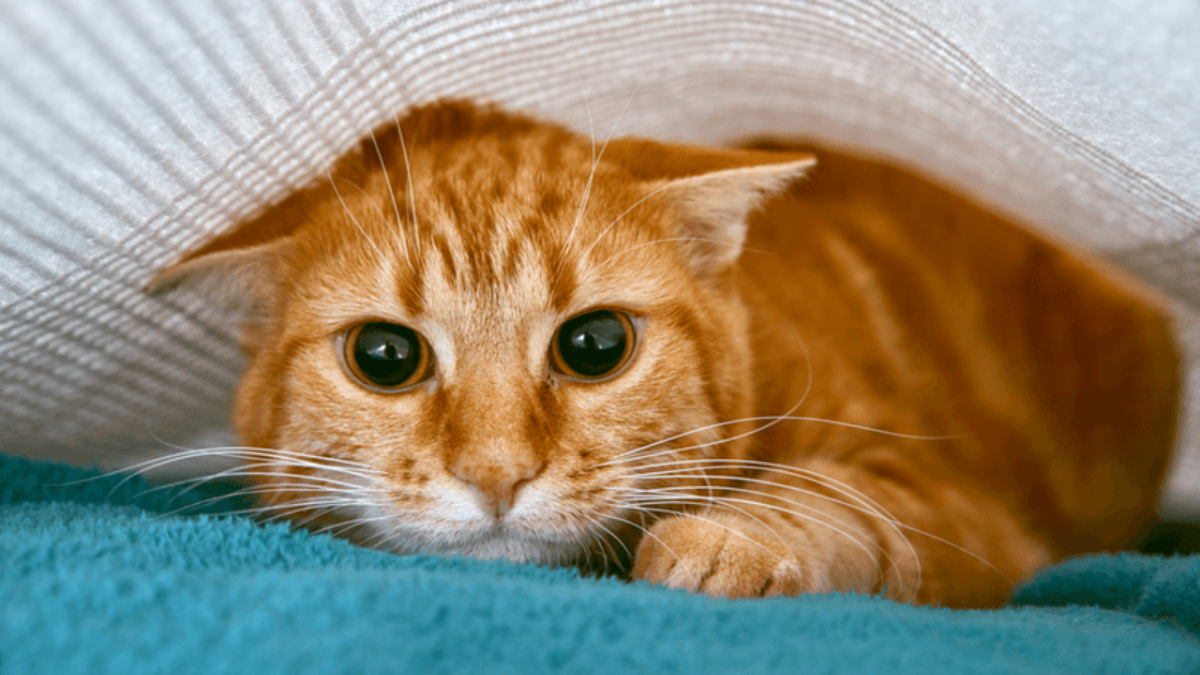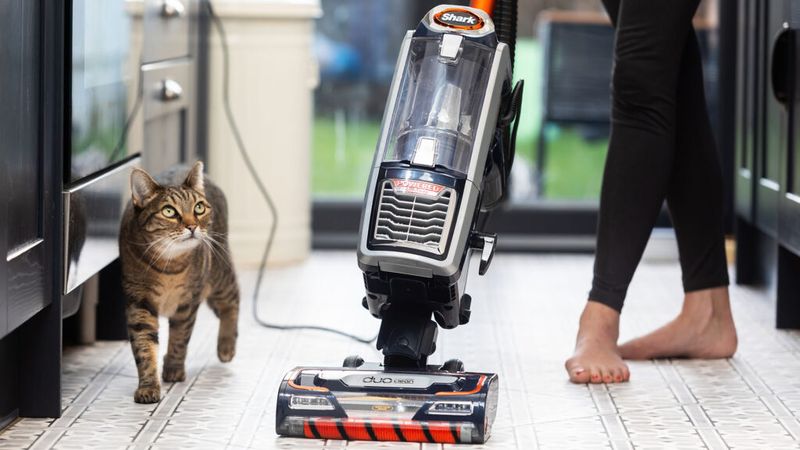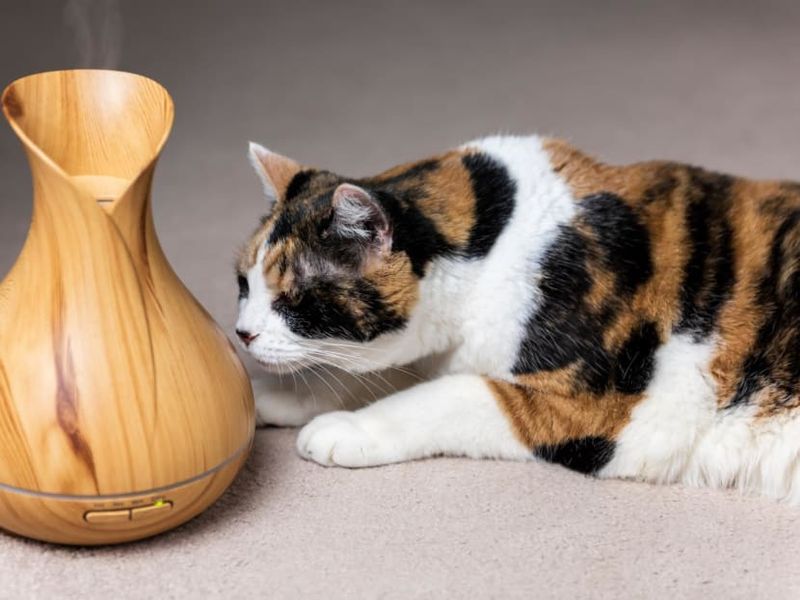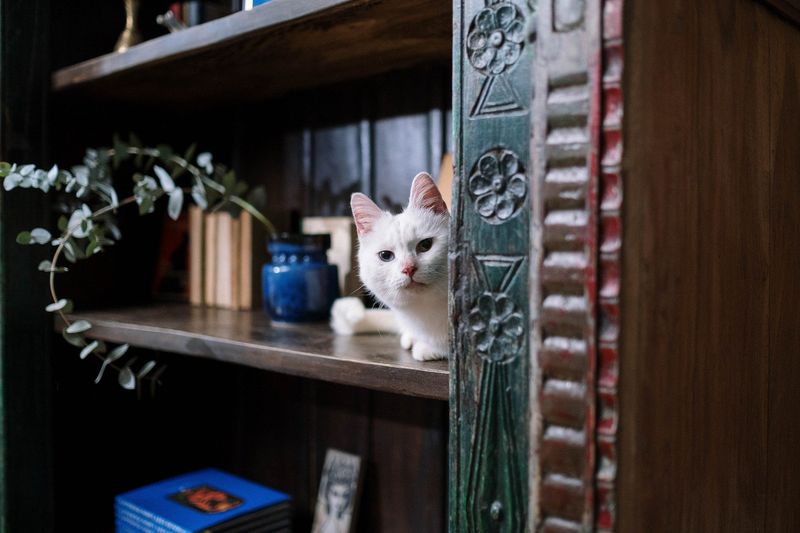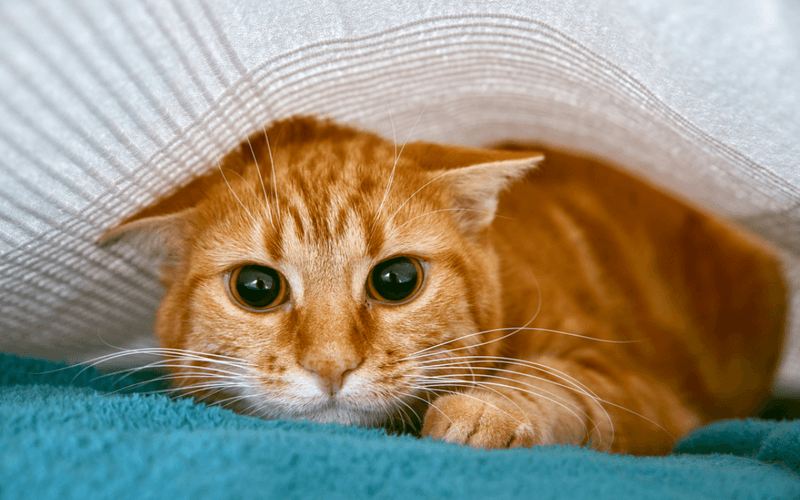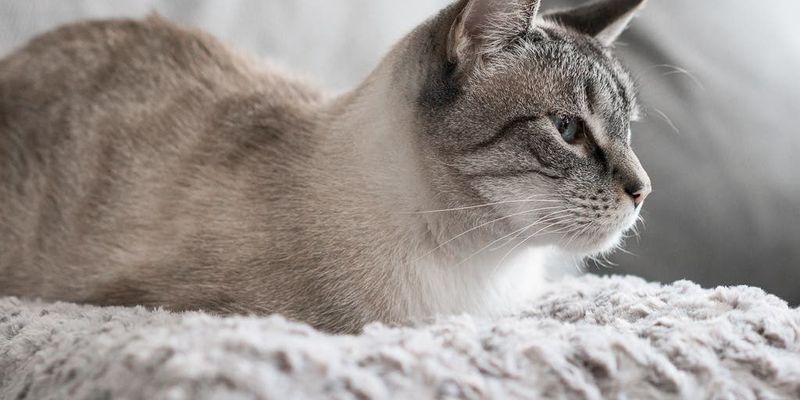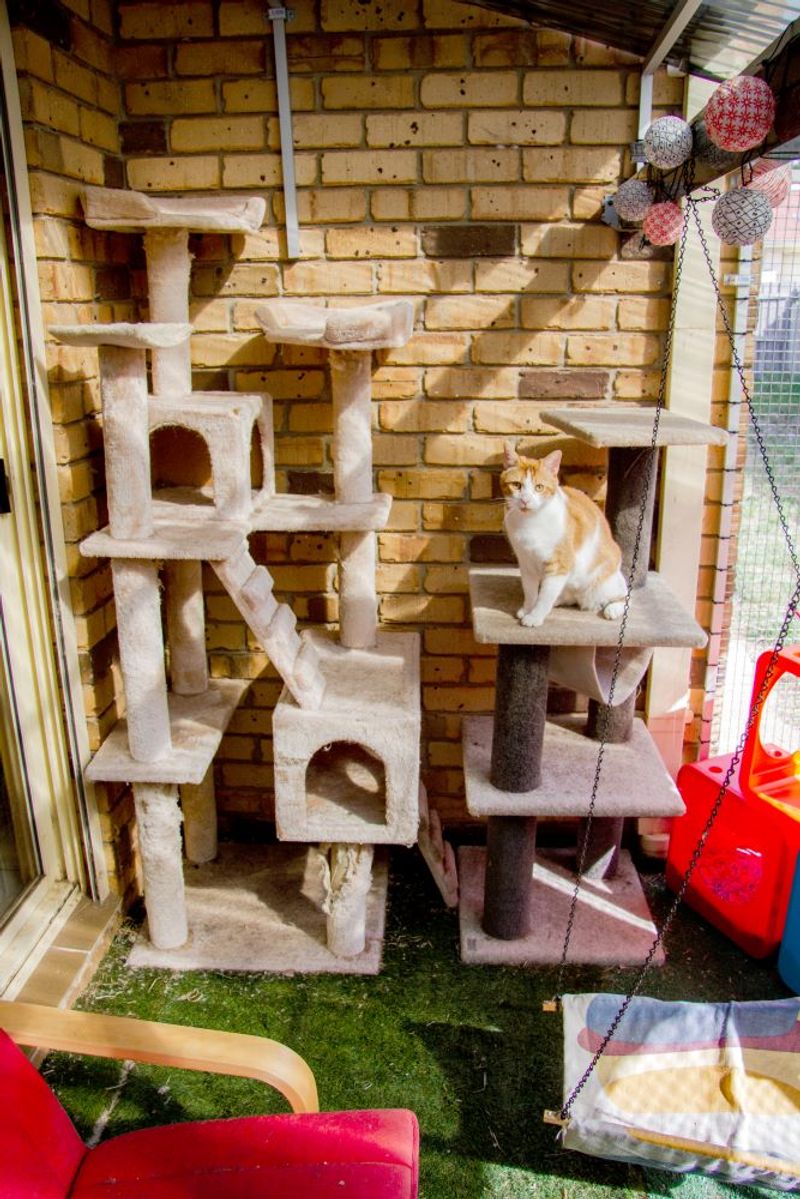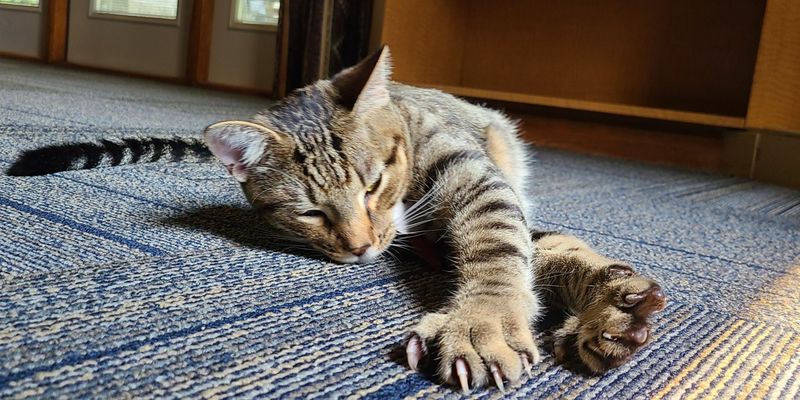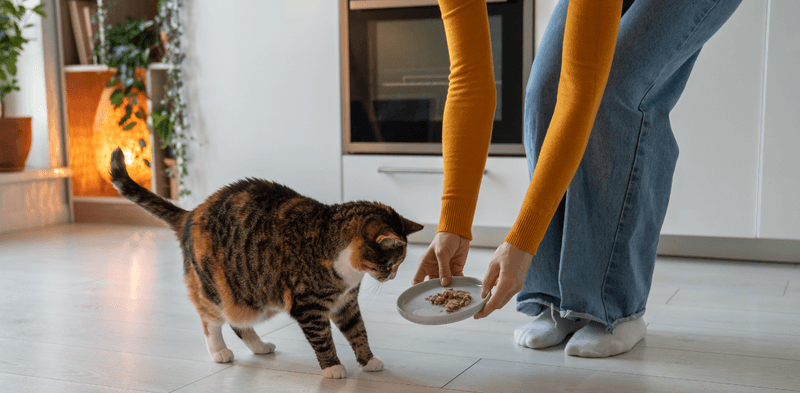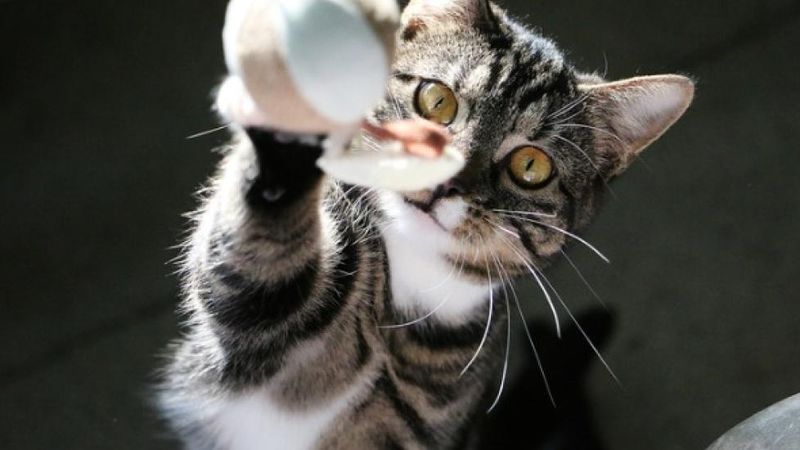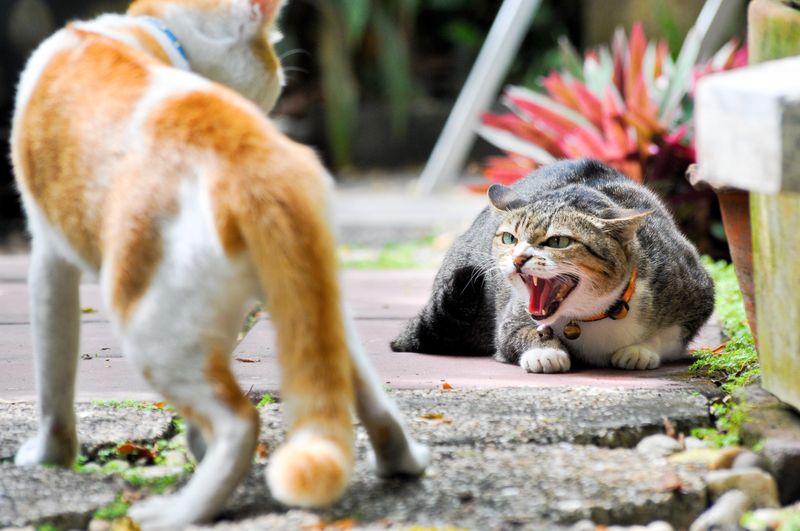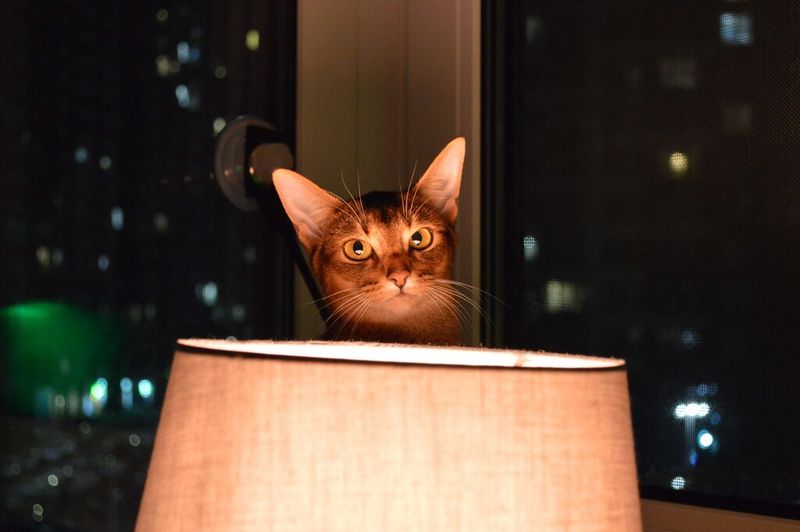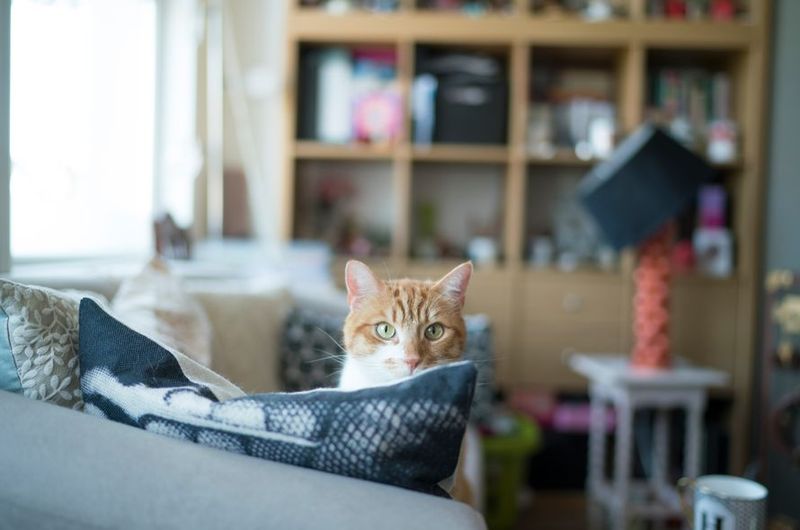📖 Table of Content:
Some household environments, while comfortable for humans, can be surprisingly stressful for cats. Their heightened senses and sensitivity to change make them more vulnerable to certain everyday elements. What seems harmless might actually be triggering unease.
Unfamiliar scents, loud sounds, or even cluttered spaces can disrupt a cat’s sense of security. Small changes in routine or surroundings may go unnoticed by people but feel significant to a feline. These disruptions can lead to anxiety, withdrawal, or even behavioral issues.
Creating a calm, cat-friendly environment begins with understanding what might be overwhelming them. Recognizing these subtle stressors allows for thoughtful adjustments. A peaceful home supports both their physical health and emotional well-being.
1. Loud Appliances
The roar of a vacuum cleaner or the whir of a blender can make your cat panic. Cats have sensitive hearing and the noise from common household appliances might seem deafening to them.
These sounds can cause your cat to hide or become nervous, leading to stress. Consider using these appliances when your cat is in another room.
You can also introduce your cat to these noises gradually, helping them acclimate without fear. The goal is to create a peaceful environment that respects their heightened senses.
2. Strong Scents
Cats have a keen sense of smell, and strong fragrances from candles, air fresheners, or even cleaning agents can be overwhelming.
These potent scents can lead to irritability or anxiety, as cats rely heavily on their sense of smell to navigate their environment. Opt for unscented or pet-friendly products to keep your home cat-friendly.
This small change can help in maintaining a calm atmosphere, ensuring your cat feels secure. Subtle choices in scents can make a significant difference for your feline companion.
3. Cluttered Spaces
Clutter can lead to confusion and stress for cats, making it hard for them to find their way or places to rest.
Cats appreciate order and open spaces where they can easily navigate and hide if needed. Keeping your environment tidy not only benefits you but also creates a harmonious space for your pet.
Minimalism can be calming, providing your cat with a secure habitat where it can roam freely. Streamlined spaces are often much more inviting to our feline friends.
4. Unpredictable Movements
Children or other pets dashing around can create an atmosphere of unpredictability, unsettling your cat. Cats thrive in stable environments and sudden movements can spike their anxiety levels.
Encourage gentle playtime and teach children how to interact calmly with your cat. This will help your pet feel more secure and less threatened by the unexpected.
A serene interaction ensures a balanced and peaceful coexistence with other household members.
5. Uncomfortable Furniture
If furniture doesn’t offer the right level of comfort, cats may feel out of place. Sleek designs can be stylish to the eye but rarely offer the cozy nooks cats naturally seek.
Ensure that you provide soft, inviting spots for your cat to lounge and relax. Consider adding plush blankets or dedicated cat furniture for their exclusive use.
Creating a comfortable environment caters to their need for warmth and security, making them feel at home.
6. Lack of Hiding Spots
When stress hits, cats instinctively seek out quiet corners to feel secure. A home without these safe zones can contribute to ongoing tension and behavioral changes.
Provide options like boxes, cat trees, or even cozy corners where your cat can escape when needed. This sense of security is vital for their well-being.
Having these safe zones around will help your cat remain calm even when the environment gets overwhelming.
7. Inadequate Scratching Posts
Scratching is vital for cats, both physically and mentally. Without adequate scratching surfaces, your cat may become frustrated or anxious, leading to unwanted behavior like clawing at furniture.
Invest in multiple, high-quality scratching posts and place them in different rooms. This ensures your cat has access whenever the urge arises.
A well-scratched post can provide not only the physical exercise they need but also mental relaxation.
8. Inconsistent Feeding Schedule
Routine is crucial for cats, and an erratic feeding schedule can create anxiety. Cats find comfort in predictability; knowing when their next meal comes provides security.
Maintain a consistent feeding time to alleviate this stress. Regular mealtimes help establish a stable routine, fostering a sense of reliability and peace.
This simple adjustment can make a significant difference in your cat’s overall demeanor and happiness.
9. Lack of Stimulation
Intelligent and naturally curious, cats thrive in environments that challenge their minds and bodies. Without enrichment, boredom can set in, often leading to anxiety or unwanted behaviors.
Provide a variety of toys and interactive elements to keep your cat engaged. Regular playtime not only entertains but also strengthens your bond with your furry friend.
Enrich their environment to nurture a happy, contented cat.
10. Dominant Pets
Sharing space with dominant pets can intimidate your cat, leading to anxiety. Cats often need their own territory to feel secure.
Ensure your cat has designated areas where it can retreat without interference. Providing separate resources like food bowls and beds can also ease tensions.
Peaceful coexistence is possible with thoughtful arrangements, allowing all pets to feel respected and comfortable.
11. Poor Lighting
Lighting can dramatically affect your cat’s comfort levels. Overly bright or dim spaces can cause stress, as cats have excellent night vision but still need adequate light during the day.
Balance your home’s lighting to mimic natural daylight, offering your cat a clear and comfortable view of its territory.
Proper lighting can enhance your cat’s quality of life, promoting a sense of security and well-being.
12. New Furniture or Layout
Changes in the environment, like new furniture or rearrangements, can unsettle your cat. Cats are creatures of habit and alterations in their space may take time for them to adjust.
Introduce changes gradually and allow your cat to explore at its own pace. This can help them acclimate without feeling overwhelmed.
Patience and understanding can ease the transition, ensuring your cat feels at home in its evolving space.
